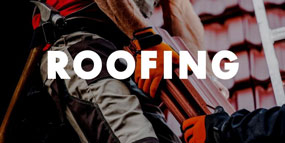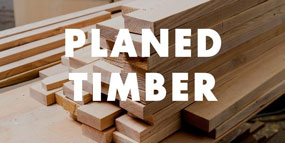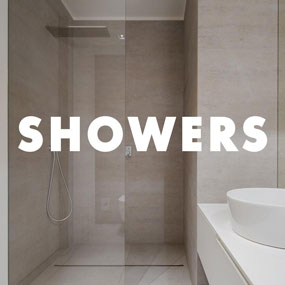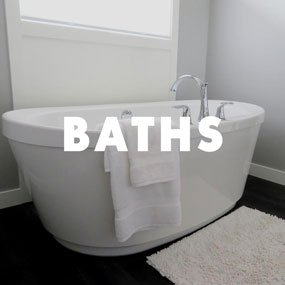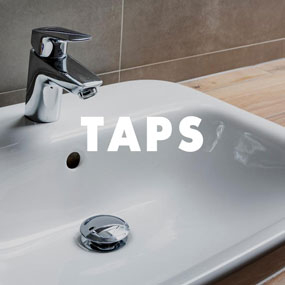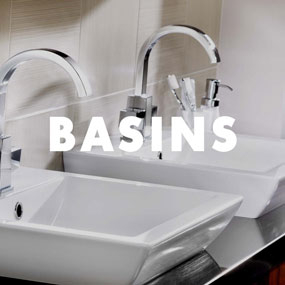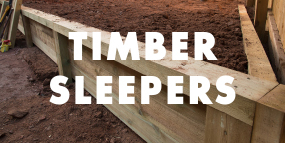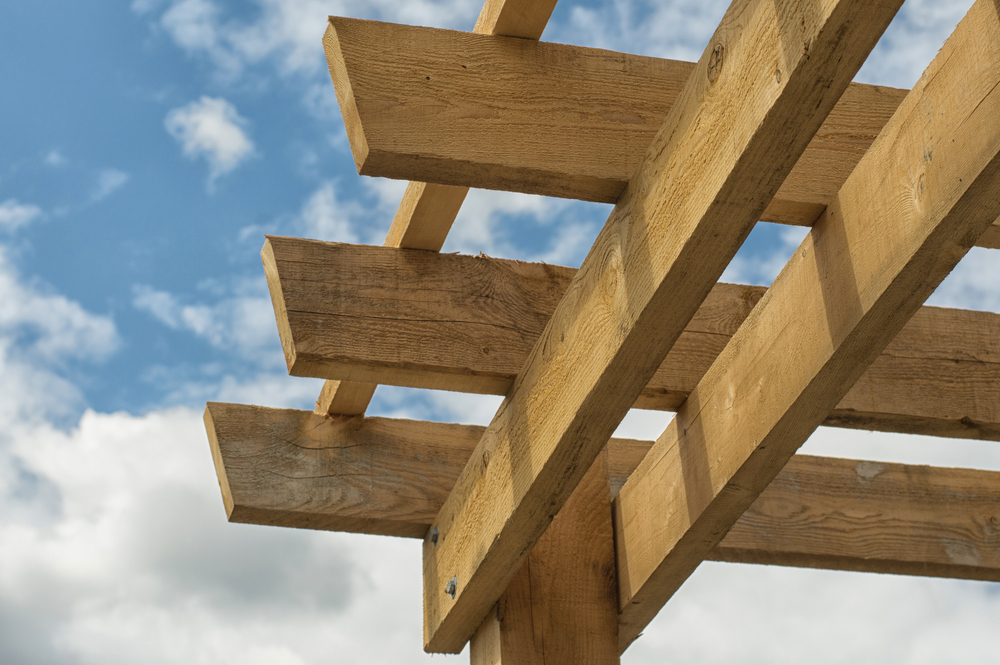 Looking to complete a garden without a total overhaul? A pergola is a brilliant way to complete an outdoor seating area, serving multiple purposes alongside style – including providing shade on hot days. It also adds height and extends a living space outdoors. Building one yourself couldn’t be simpler with our guide on what you need for the perfect garden haven.
Looking to complete a garden without a total overhaul? A pergola is a brilliant way to complete an outdoor seating area, serving multiple purposes alongside style – including providing shade on hot days. It also adds height and extends a living space outdoors. Building one yourself couldn’t be simpler with our guide on what you need for the perfect garden haven.
What Timber Should I Use?
Timber will form the structure of the pergola, providing shelter from the elements, whilst providing a base for climbing plants or decorative lighting. To ensure your pergola is truly weatherproof, we would recommend rough sawn tanalised timber. Rough sawn timber ensures there are no artificial blemishes (i.e., timber stickers or pen markings).
Dimensions for your timber should be at least 4” x 4” (100mm x 100mm). If you’re sinking the posts into ground (normally around 2ft), then opt for 3 metre lengths so the pergola will still stand around 8ft tall after the posts are in the ground.
At JT Atkinson, we source the highest quality timber and treat it on site at our Stockton branch with high quality Tanalith to protect against weathering. Our tanalised timber is available to buy online or in branch.
You will need:
- Posts: For the vertical frame of your pergola
- Header Boards or Cross Beams: Attach to each side of the post
- Purlins or Rafters: Main crossing boards, along the top of your pergola
Secure it with Shoe Bolts
Building a pergola on an existing deck or patio requires a focus on security and stability, which can be achieved with strong post bases. Using a drill, screw them firmly in place with expanding masonry bolts – providing a flexible grip for medium to heavy duty loads. This allows you to clamp the existing structure (deck or patio) together with your new pergola and turn them into one structure. Coach screws can achieve this, a heavy-duty screw that can secure heavy loads firmly.
Should you decide to secure your posts in the ground, Postfix should be used to cement these firmly in place.

Fix the Boards with Timber Bolts/Brackets
Connect wood to wood, with brackets (or corner braces) designed particularly for heavy duty use and treated timber. These should be galvanised for weather resistance and used in pairs to prevent eccentric loading.
Add an Optional Trellis
Adding a trellis to your pergola allows for further decoration, helping plants to climb or to add lights, etc. It also adds an element of privacy.
Other Tips to Consider:
- Building your pergola on a decking or patio means that it would already be set higher in your garden, therefore more exposed to the elements and wind movement. It is important to consider the thickness and durability of your timber brackets for this reason, so you may want to choose 6”x6” posts for added strength.
- Railings or corner braces can be added between the wooden posts to overall strengthen your pergola.
- Choose a lighter wood for the roof of your pergola, to reduce further pressure on the posts.

